Maintain Tolerances and Eliminate Defects with Automated Cannula Forming
Automation is adding new efficiencies across every manufacturing sector due to a constrained labor market. For medical manufacturers, the growing...
3 min read
 Corey Marcotte
:
Jan 17, 2024 6:08:00 PM
Corey Marcotte
:
Jan 17, 2024 6:08:00 PM
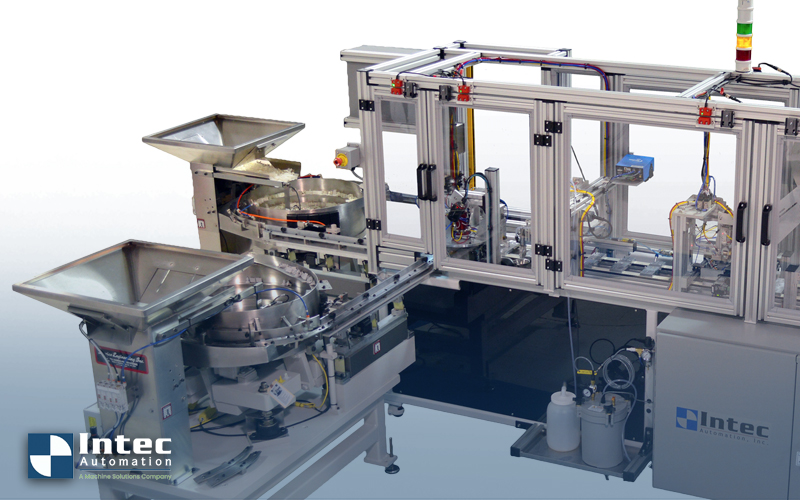
Over the last 30 years, the labor participation rate in the U.S. experienced a steady decline. What analysts are now referring to as the “forever” labor shortage is due to various factors. An aging workforce and fewer new workers entering the job market are just two elements making it harder to retain talent or attract new skilled operators.
 A study from Korn Ferry found the continued talent shortage could lead to $8.5 trillion in lost revenues by 2030. Almost all manufacturers will have to overcome these labor shortage challenges to maintain growth and ensure profitability over the coming decade. Historically, automating manufacturing and assembly processes to offset labor challenges wasn’t seen as a viable solution by most organizations. This is now changing because:
A study from Korn Ferry found the continued talent shortage could lead to $8.5 trillion in lost revenues by 2030. Almost all manufacturers will have to overcome these labor shortage challenges to maintain growth and ensure profitability over the coming decade. Historically, automating manufacturing and assembly processes to offset labor challenges wasn’t seen as a viable solution by most organizations. This is now changing because:
Industrial automation is already at a tipping point. The wide spectrum of application-specific use cases it solves, the enhanced capabilities it offers, and the interoperability with other business systems are all driving manufacturers to adopt automation as part of their immediate growth strategy.
While the hype around automation is justified, ironically it doesn’t happen automatically. Manufacturers that want to secure the upward trajectory of their growth strategy have to implement the right solution at the right time to achieve the right results. The best strategy is to partner with an integrator who can guide you through the common pitfalls.
Intec Automation uses a proven process to ensure you get the ROI you need and find an optimized system that serves your unique application goals. Here is how you can implement an automated assembly system to augment and improve your current manual processes.
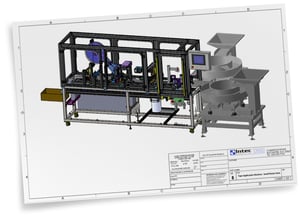 An example of taking a usually labor-intensive process and automating it entirely is our tape applicator solution for an injection molding manufacturer.
An example of taking a usually labor-intensive process and automating it entirely is our tape applicator solution for an injection molding manufacturer.
The machine feeds 7 different types of clips to receive promoter, inspects each clip to ensure the promoter is present before applying tape, and offloads the clips to the next stage of the process. Doing this manually for thousands of clips would be unsustainable.
Intec Automation’s solution can handle 30 parts per minute and delivers excellent quality by using inspection and quality control practices to ensure each part meets the specifications.
For most manufacturers, there won’t be a cookie-cutter solution available that can match the exact assembly requirements you need. Working with your system integrator to define the precise process requirements will be critical if you want to ensure a successful automation project.
can match the exact assembly requirements you need. Working with your system integrator to define the precise process requirements will be critical if you want to ensure a successful automation project.
During the requirements definition stage, certain inputs regarding your current process parameters should be gathered (if they aren’t already available). These inputs will determine the project’s objectives and allow your integrator to develop a tailored solution for your automated assembly process.
 Cost engineering isn’t about finding the cheapest solution but establishing the right price point for the required payback period. During the initial concept design and equipment selection, you need to consider factors like the service life of components, the maintenance requirements, and the ease of use for operators.
Cost engineering isn’t about finding the cheapest solution but establishing the right price point for the required payback period. During the initial concept design and equipment selection, you need to consider factors like the service life of components, the maintenance requirements, and the ease of use for operators.
Some cases call for the manufacturer to start automating small, specific processes and then continually expand the capabilities as they become more familiar with the system. To serve the objectives of the project, the integrator should be able to develop a schedule that meets the objectives while limiting costs without sacrificing quality.
After you have an optimized design, the execution of the project will require collaboration between you and the integrator to ensure everything stays on schedule. This includes building and testing the machine cell, installing it, and training staff to operate it safely.
Additionally, you should expect ongoing support during and after startup. If this relationship between you and the integrator proves successful, you can continue expanding your automated processes to improve your top-end revenues and reduce your all-in labor burden in the future.
As per the tape applicator solution above, Intec Automation was able to clean sheet design and build the solution in just 26 weeks. This included all fabrication, program management, factory acceptance, installation, and providing training.
When implementing an automation project, you should take every precaution to ensure you avoid common pitfalls that could increase the cost, delay the schedule, or fail to deliver according to your needs. Intec Automation partners with OEMs that need to reduce labor dependency while increasing throughput and ensuring only quality products come off the line.
If you are considering automating a manual assembly process, get in touch with the automation experts at Intec Automation today.
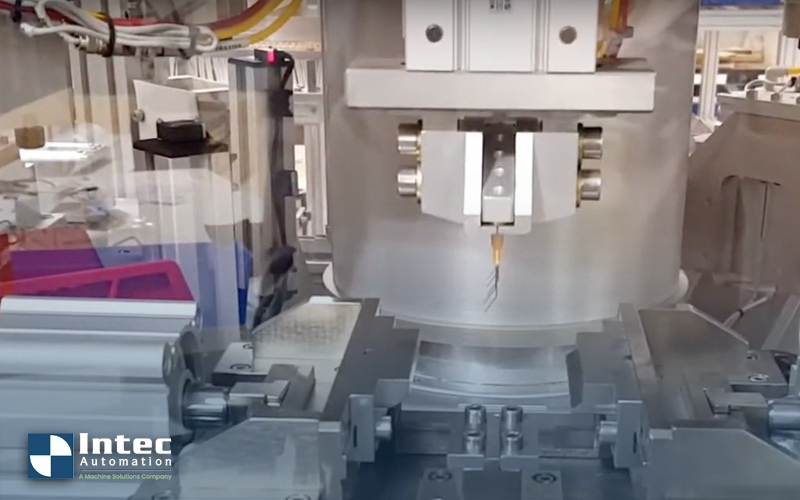
Automation is adding new efficiencies across every manufacturing sector due to a constrained labor market. For medical manufacturers, the growing...
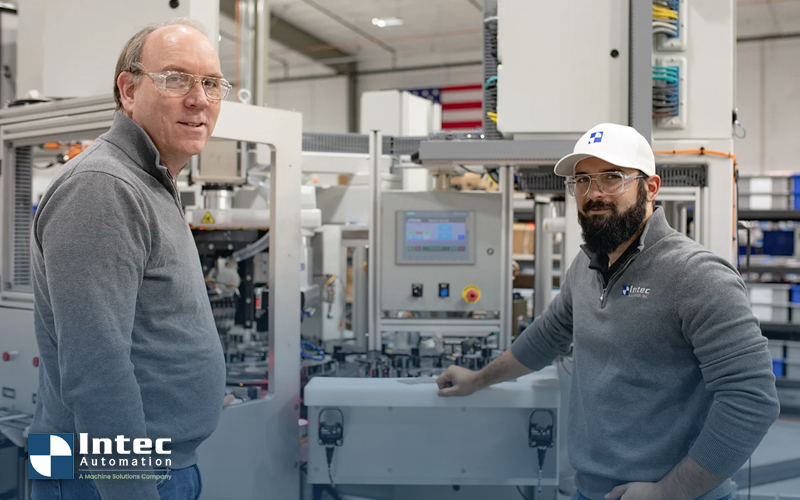
Over the last few decades, contract manufacturing has become an effective business strategy for expanding organizations. However, recent disruptions...
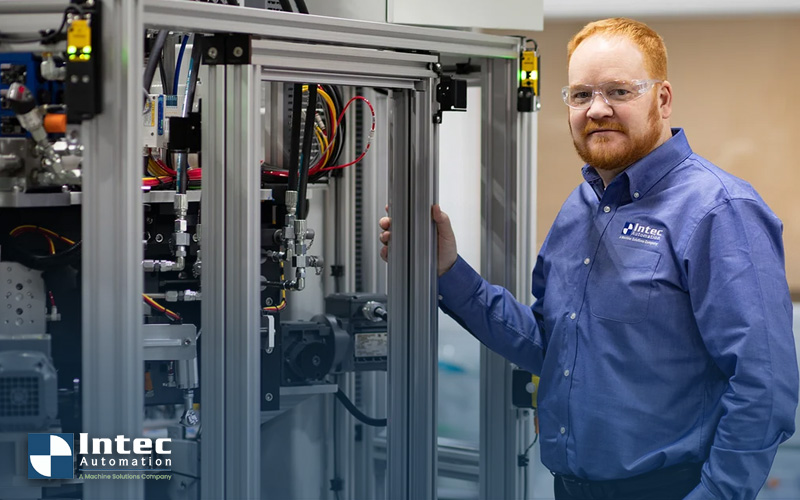
At first, the labor shortage was a concern for manufacturers. Then, it became a challenge. Now, it’s heading for a crisis. The U.S. Chamber of...